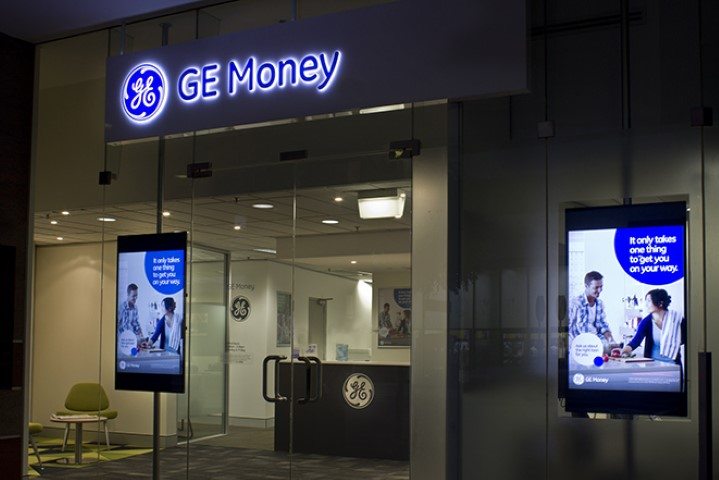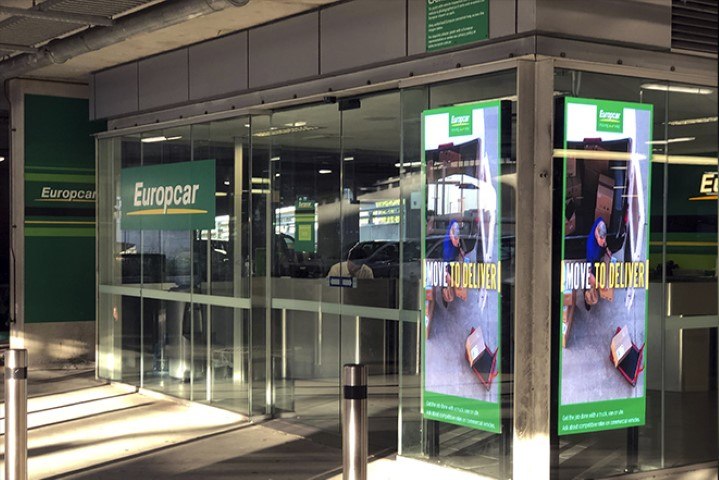- Only select components that have been proven in the marketplace, and that come with a comprehensive warranty
- Check the quality of materials to ensure you’re getting exactly what you specified
- Most sign installations require planning permits and Building Development Approval
- All structural components need to be certified by an engineer
- Site-specific Safe Work Method Statements and Job Safety Analyses are required for every installation
- All electrical work needs to be certified by a registered electrician
Step 1 – Designing & Prototyping
A sign with quality components is much more cost-effective than a sophisticated sign made with cheap components. Not only will it perform for much longer, but it’ll also be much easier to install and a lot cheaper to service. Well-designed signage can deliver savings upwards of 30%.
Step 2 – Knowing the Supply Chain
You might not have given it much thought before, but the signage industry is a multi-tiered network with component suppliers, manufacturing wholesalers, and national/state-wide/local sign companies in the mix. By planning a rollout approach that deals directly with service providers, you can remove a lot of layers – this eliminates unnecessary mark-ups and also reduces time-frames.
Step 3 – Directly Procuring Major Components
Why go through manufacturers to purchase components at a marked-up rate, when you can source these components at a lower cost by going directly to suitable suppliers? This way, you can provide them to the manufacturers as a free issue, and drastically decrease your costs as well as enjoy peace of mind that your signage is being made with top quality parts.
Step 4 – Assessing the Complete Scope of Works vs Schedule of Rates
Many “Request For Quotes” are based on a schedule of rates for items and services. The cost of a signage program is made up of 40% standard sign items and 60% non-standard signs and other site-specific costs, such as access equipment, permits, engineering, travel, OH&S compliance and so on. Keep this in mind when planning your overall signage installation plan.
SignManager can take care of all your signage installation needs for you
From artwork and design to site audits, installation and signage maintenance, we serve as a convenient one-stop solution for all your national signage implementation needs. We’ve worked with established corporations like Europcar, Australia Post, ALDI, Virgin and Coles to deliver comprehensive signage solutions that leave a lasting impression on target audiences.
To speak with one of our highly experienced consultants, get in touch on 1800 300 103 or info@signmanager.com.au.






